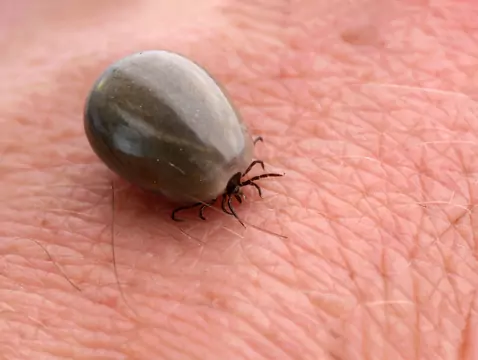National consultant team position paper in child and adolescent psychiatry on the comprehensive (including psychotherapy) treatment of attention deficit hyperactivity disorder (ADHD) and hyperkinetic disorder.
- Introduction
Attention deficit hyperactivity disorder is one of the most common disorders diagnosed in children and adolescents. According to the results of epidemiological studies, its prevalence ranges from 3 to 5% of the general school-age population (according to DS-IV criteria), while the adoption of ICD 10 I criteria (hyperkinetic disorder diagnosis) reduces the prevalence to 0.5-1.5%. The most commonly treated for ADHD are children aged between 6-9 years. This age is not coincidental as this is when the child starts school and the problems resulting from the axial symptoms of hyperkinetic disorder (attention deficit disorder, hyperactivity, impulsivity) prevent the child from functioning within the educational system.
Attention-deficit hyperactivity disorder is considered a life-line breaking disorder. Hyperactive people drop out of school earlier than their peers, get a poorer education and are more likely to come into conflict with the law.
In Poland, the list of reimbursed medicines includes preparations used for the pharmacological treatment of attention deficit hyperactivity disorder as part of a comprehensive (including psychotherapy) treatment programme. This reimbursement provision has raised numerous questions regarding the definition of comprehensive treatment and, in particular, the role of psychotherapy, its type, duration, place and the qualifications of the personnel conducting the psychotherapy.
- Diagnosis
In order to provide comprehensive treatment for a child with Attention Deficit Hyperactivity Disorder, it should always be remembered that diagnosis and differential diagnosis are essential and therapy planning cannot take place without a secure diagnosis. The diagnosis should be based on the criteria of DS-IV and ICD-10 or newer diagnostic systems, if developed. A diagnosis can be made on the basis of information from at least three sources: an interview with the parents (carers), an examination of the child himself/herself and information from the school or kindergarten. A necessary part of the diagnosis is a psychological examination of the child, with an assessment of the child's intellectual abilities and specific learning disabilities.

photo: pantherstock
- Components of a comprehensive treatment
- Psychoeducation
Education and counselling are an essential element of comprehensive treatment, without which both psychotherapy and pharmacotherapy are impossible. They form the basis of treatment. Counselling should provide information on attention deficit hyperactivity disorder/hyperkinetic disorder, placing particular emphasis on symptoms, aetiology, course, prognosis and treatment options. Psychoeducation should address the patient's presenting symptoms and explain the child's specific picture of the disorder and the resulting individual needs. It should include basic strategies for coping with the child's symptoms:
- reducing the amount of distracting stimuli in the environment,
- adjusting work time to the child's abilities,
- planning tasks,
- anticipating risks.
Psycho-education involves parents carers, the school system and the child himself. Parents should be given the opportunity for therapeutic conversations where they can receive support and discuss problems arising in relation to their child, at least once every six months of care.









